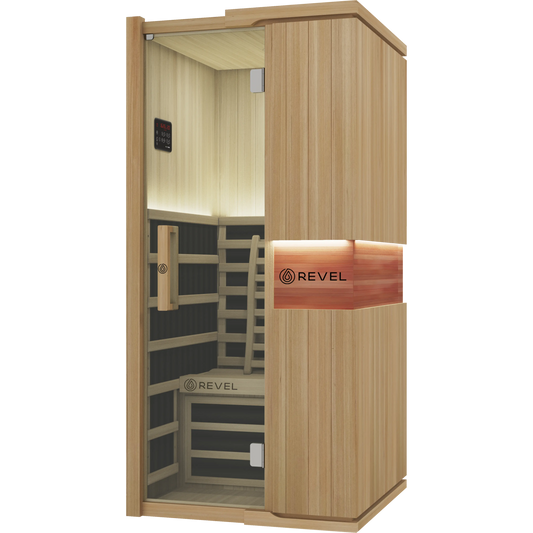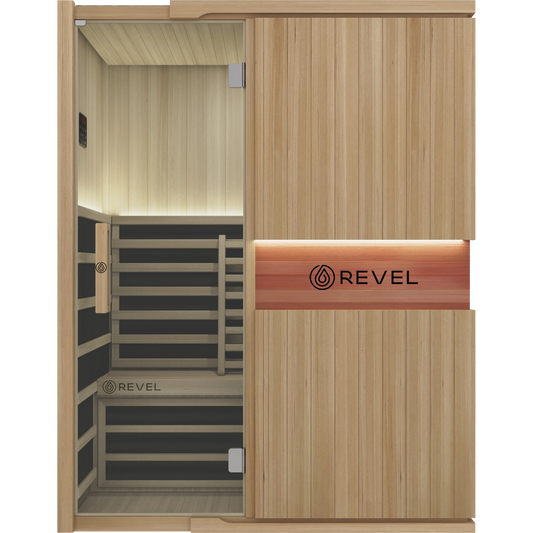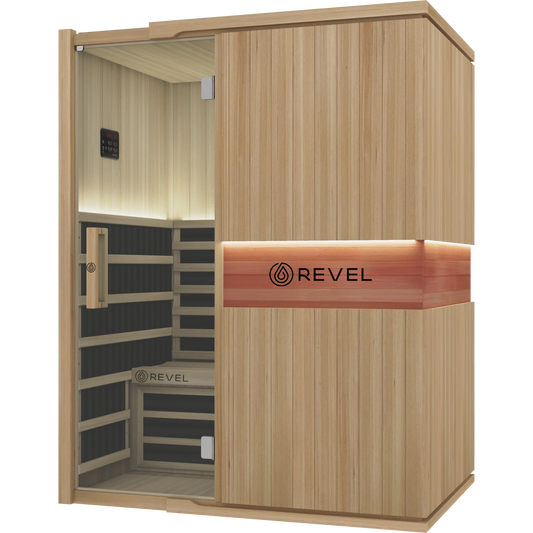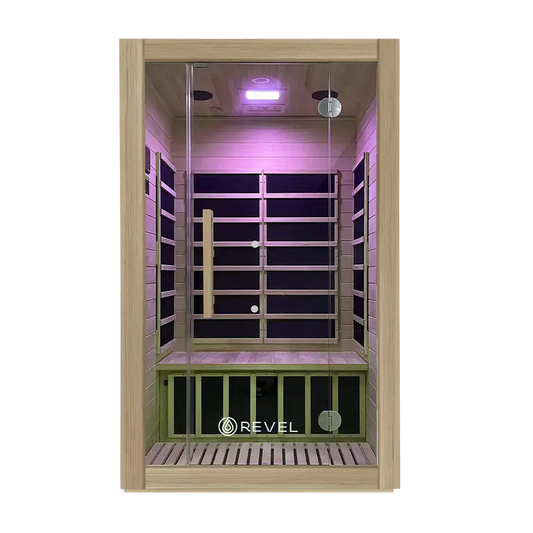The Chilling Secrets: Dive into the Science of Ice Baths
Science of Ice Bath: A Historical Overview
When you hear about ice baths, your mind might instantly recall those heart-stopping moments when a celebrity dives into a tub full of icy water for a charity event. But, have you ever wondered about the *actual* science behind these chilly dives? Long before it became a viral challenge, ice baths have held a prominent place in the healing rituals and athletic recovery processes across diverse cultures.
Ancient civilizations, such as the Greeks and Romans, used the benefits of cold water immersion to rejuvenate their warriors. Fast forward to today, and modern athletes and health enthusiasts swear by the invigorating effects of ice baths.
Why Do People Take Ice Baths?
One might wonder why anyone would willingly submerge themselves in frigid water. The human psyche is fascinating. We're drawn to challenges, especially those that promise reward or recognition. The exhilaration felt after conquering a cold challenge boosts self-confidence and often overshadows the initial discomfort.
Boosting Athletic Recovery
For athletes, the logic is more straightforward. Muscles inflamed after an intense workout find relief in the cold immersion. The cold constricts blood vessels, reducing inflammation and promoting faster recovery.
Health and Well-being
Beyond the athletic world, the average Joe and Jane have tapped into the health benefits of ice baths. Some claim improved circulation, strengthened immunity, and even enhanced mood after a cold plunge.
The Real Science Behind Ice Baths
Let's dive deeper into the cold and uncover the scientific explanations behind these claims.
Vasoconstriction and Vasodilation
When our body encounters cold, blood vessels constrict, a process known as vasoconstriction. This reduces blood flow to the affected area. As we warm up post-immersion, vasodilation occurs, expanding blood vessels and increasing blood flow. This alternating cycle aids in flushing out toxins and reducing muscle soreness.
Enhanced Immune Response
There's evidence to suggest that cold exposure can ramp up the immune system. A study from PubMed found that regular cold immersions increased the number of white blood cells in participants.
Endorphin Release
Feeling euphoric after an ice bath? Thank your endorphins. The body releases these "feel-good" chemicals in response to stress or discomfort, acting as a natural painkiller.
The Method to the Madness: How to Take an Ice Bath
You can't merely toss some ice cubes in a tub and hop in. There's an art and science to it!

Preparing the Bath
Start by filling the tub with cold water. Add enough ice to drop the temperature to around 10–15°C (50–59°F). If you're new, it's okay to start a tad warmer and gradually decrease the temperature over sessions.
Dip your toes, then slowly immerse. Aim for a 10 to 15-minute soak. However, if you're a newbie, even 2-5 minutes is beneficial. Always listen to your body and never push too hard.
Once out, dry yourself gently. Avoid hopping into a hot shower immediately. Instead, let your body naturally warm up.
The Bright Side
Athletic Recovery: Reduces inflammation and muscle soreness.
Mental Toughness: A great way to challenge and strengthen your mind.
Improved Circulation: The cold can help with circulation, benefiting your heart and skin.
The Flip Side
Not for Everyone: Those with heart conditions or high blood pressure should consult a doctor first.
Temporary Discomfort: The initial shock can be intense for some.
Ice Baths vs. Other Recovery Methods
While ice baths have their merits, how do they stack up against other recovery methods?
Saunas
Unlike the cold constriction of ice baths, saunas promote heat and sweat, which can help flush out toxins.
Compression Garments
These garments, like compression socks or sleeves, are designed to improve circulation and reduce muscle soreness.
Massage Therapy
Massages, besides being relaxing, can alleviate muscle tension and promote recovery.
Science of Ice Bath: My Personal Experience
Diving into the icy depths was no easy feat initially. But over time, I've come to cherish my cold immersions. The initial shock soon gives way to a feeling of accomplishment. The enhanced mood and reduced muscle aches post-workout are just the cherries on top.
FAQs
-
What is the ideal temperature for an ice bath?
The optimal temperature ranges from 10–15°C (50–59°F). However, beginners can start warmer and gradually adjust. -
How often should one take an ice bath?
For athletic recovery, post-workout or once a week is ideal. For general well-being, 2-3 times a week suffices. -
Are there risks associated with ice baths?
Yes. Overexposure can lead to hypothermia. Those with certain medical conditions should consult a doctor before trying. -
Do ice baths burn calories?
Yes! The body expends energy to warm up, burning some calories in the process. -
Can pregnant women take ice baths?
It's essential for pregnant women to consult their doctors before attempting any form of cold therapy. -
Are there alternatives to ice baths?
Absolutely! Saunas, compression garments, and massage therapy are popular alternatives.
Conclusion
The Science of Ice bath is more than just a chilly trend. While the sensations might be bone-chilling, the benefits, both physiological and psychological, are hard to ignore. Whether you're an athlete seeking recovery or someone simply looking for an invigorating challenge, ice baths offer a refreshing plunge into wellness.
Disclaimer: Always consult with a healthcare professional before trying out any new health or fitness protocols.





